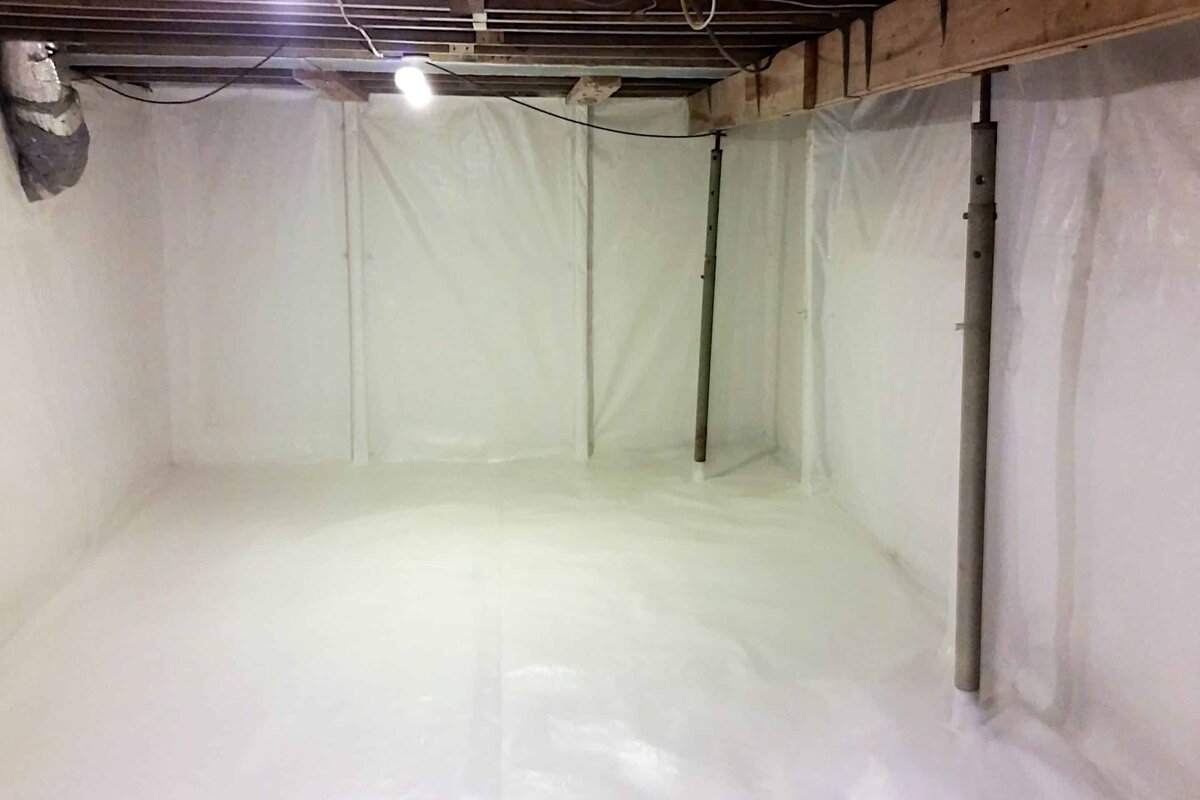What is a Hydrostatic Plumbing Test?
A hydrostatic plumbing test is a method used to detect leaks in your home’s plumbing system, particularly those that are hidden underground or beneath the foundation. During this test, a plumber pressurizes the plumbing system to ensure that there are no leaks. This process is vital because plumbing issues can cause significant damage to your foundation if left unchecked. The test is typically performed both before and after foundation repairs to ensure that the plumbing system remains intact and functional.
Importance of a Pre and Post Hydrostatic Plumbing Test
If your home is built on a slab foundation without a crawl space or basement, the plumbing runs directly beneath the slab. Over time, shifts in the foundation can cause the plumbing lines to crack or leak, leading to further foundation damage. This is where a hydrostatic plumbing test becomes crucial.
- Pre-Test: Before any foundation repair work begins, a pre-hydrostatic plumbing test is recommended. This test helps identify any existing leaks or issues with the plumbing system. By doing this, we can ensure that the foundation repair process, such as peering or polyjacking, doesn’t exacerbate any existing plumbing problems.
- Post-Test: After the foundation repair is complete, a post-hydrostatic plumbing test is performed to confirm that the plumbing system has not been compromised during the repair process. This final check is crucial to avoid future complications, such as leaks that could undermine the foundation work.
Common Plumbing Issues in Slab Style Homes
In slab-style homes, where the plumbing system is buried beneath the concrete, issues can arise without any immediate visible signs. One of the most common problems is the center of the house beginning to dip or sink, creating a bowl-like effect in the slab. This issue often indicates a plumbing problem where the central plumbing lines have been compromised.
When the plumbing fails, it can lead to soil erosion beneath the slab, further destabilizing the foundation. If foundation repair is performed without addressing these plumbing issues, the problem can worsen. For example, if we were to polyjack the slab to level it without knowing about an underlying plumbing issue, the polyurethane could potentially fill the damaged plumbing pipes, creating a whole new set of problems.
Checking for Leaks and the Role of Video Scoping
A hydrostatic plumbing test is an effective method to check for leaks, but it’s not always foolproof, especially when everything is underground. In some cases, it’s advisable to go a step further by using a video scope. This tool allows us to visually inspect the plumbing lines for any visible breaks or cracks that might not be detected through a pressure test alone.
By using a video scope, we can get a clearer picture of the condition of your plumbing system. This helps in accurately assessing foundation damage and determining whether the plumbing is contributing to the problem. Knowing the root cause of the foundation issues makes it easier to address them effectively, preventing future damage.
Assessing Foundation Damage
Understanding the condition of your plumbing is a key part of assessing overall foundation damage. If the plumbing is determined to be the root issue, it’s much easier to focus the repair efforts on both the plumbing and the foundation simultaneously. Ignoring this step can lead to incomplete repairs, resulting in recurring issues and additional costs down the line.
In Summary
A hydrostatic plumbing test is not just advisable during foundation repair—it’s essential. Regardless of whether your home has a slab foundation or another type, maintaining the integrity of your plumbing system is critical to the success of any foundation work. Performing both pre and post-hydrostatic plumbing tests, and possibly using video scoping, ensures that your foundation repairs are effective and that your plumbing remains in optimal condition.
Don’t underestimate the importance of these tests in safeguarding your home. Contact us today to schedule an assessment and make sure your foundation repair is done right.




